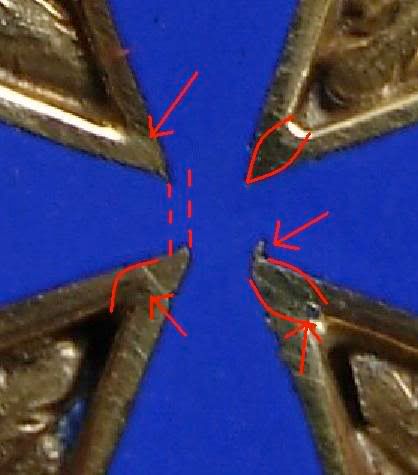 PlMs were not worn while crawling on one's stomach under opposing Allied machine gun fire. They weren't worn by most while flying their bi/tri planes. Richhoften left his at home. No need for the 'joint' to be strong enough to endure great stress...
PlMs were not worn while crawling on one's stomach under opposing Allied machine gun fire. They weren't worn by most while flying their bi/tri planes. Richhoften left his at home. No need for the 'joint' to be strong enough to endure great stress... <MARQUEE< p>Let's see the Maker Mark.
<MARQUEE mm the see let?s>


 [/IMG]
[/IMG]


Comment